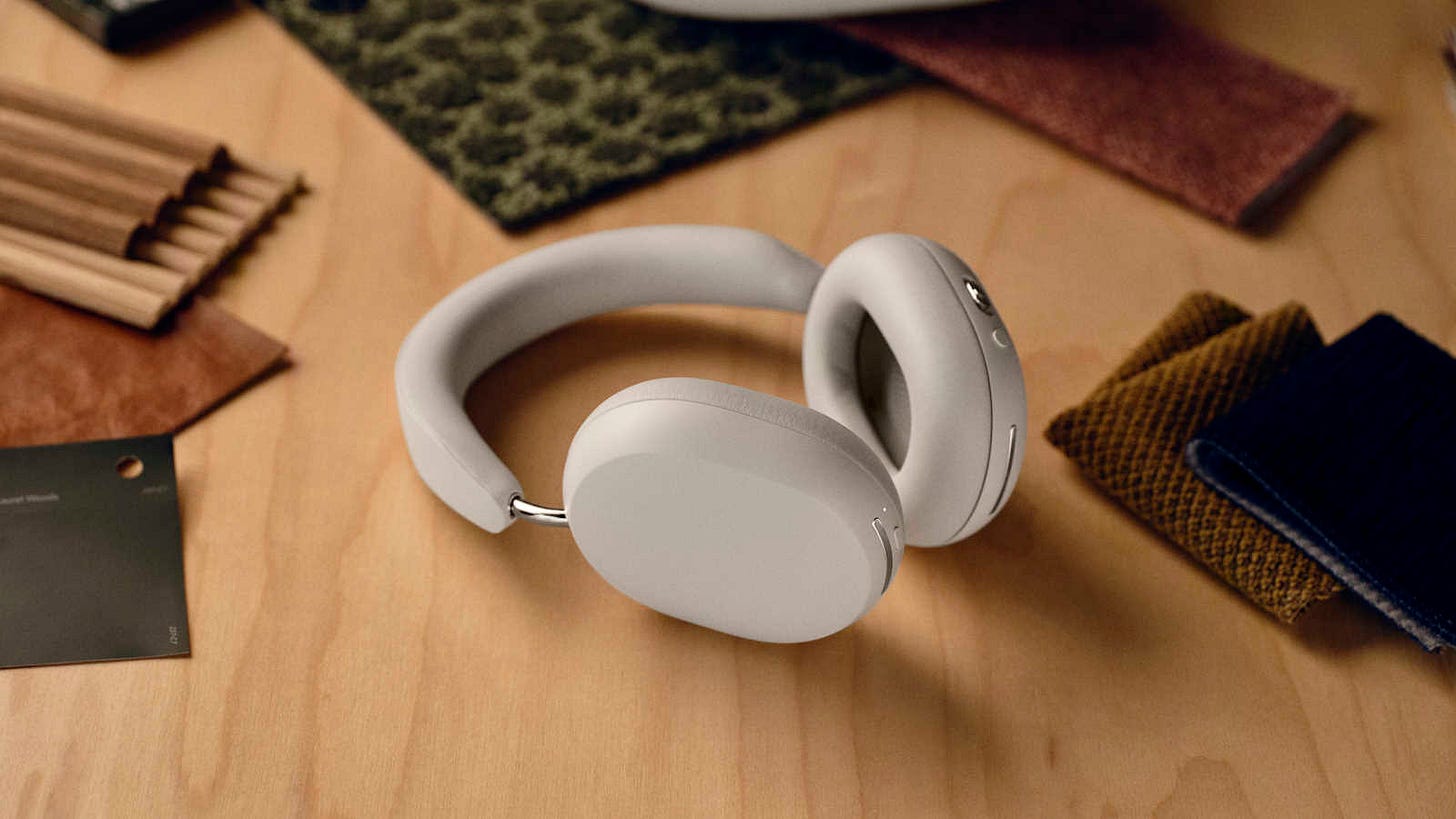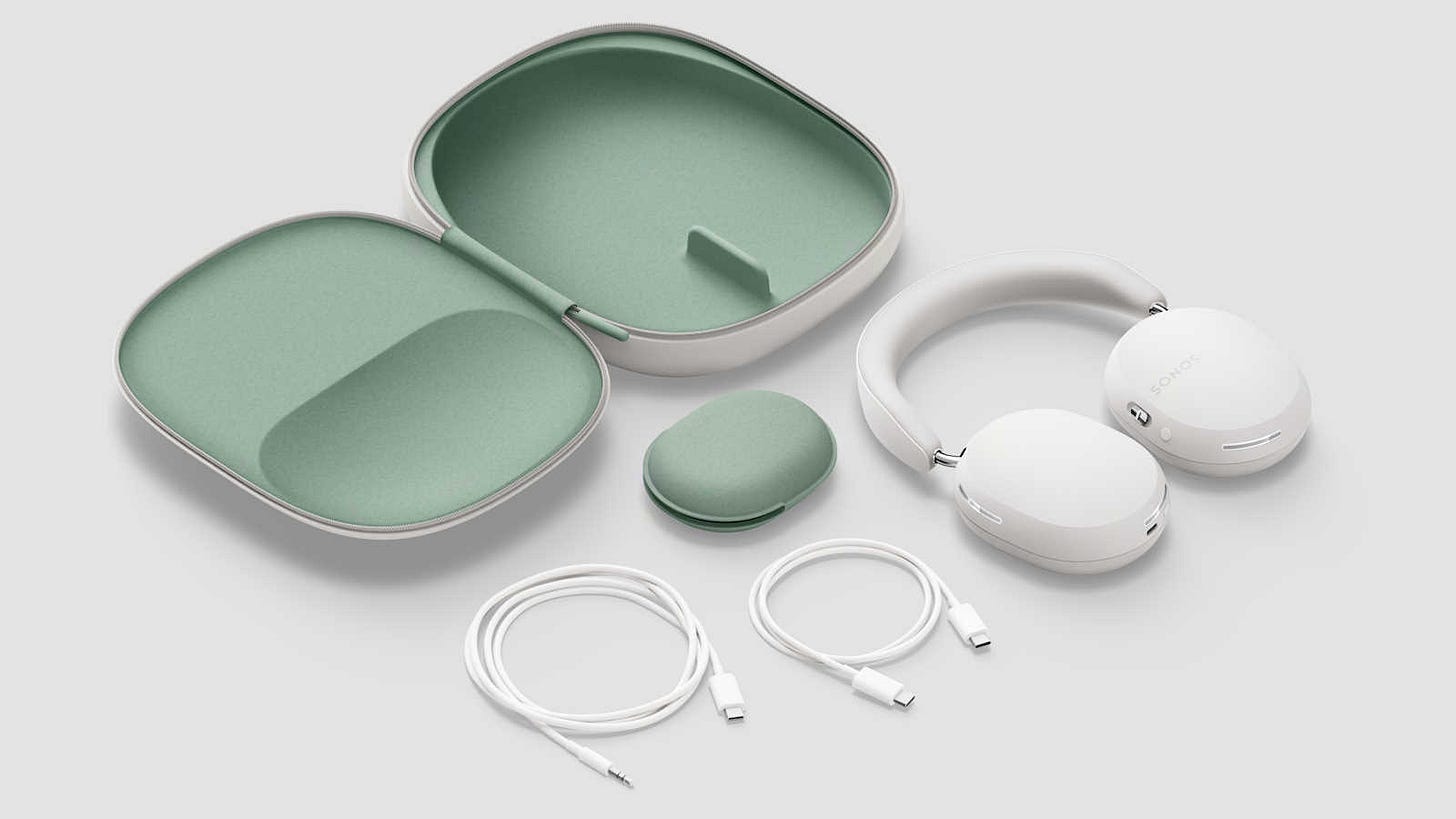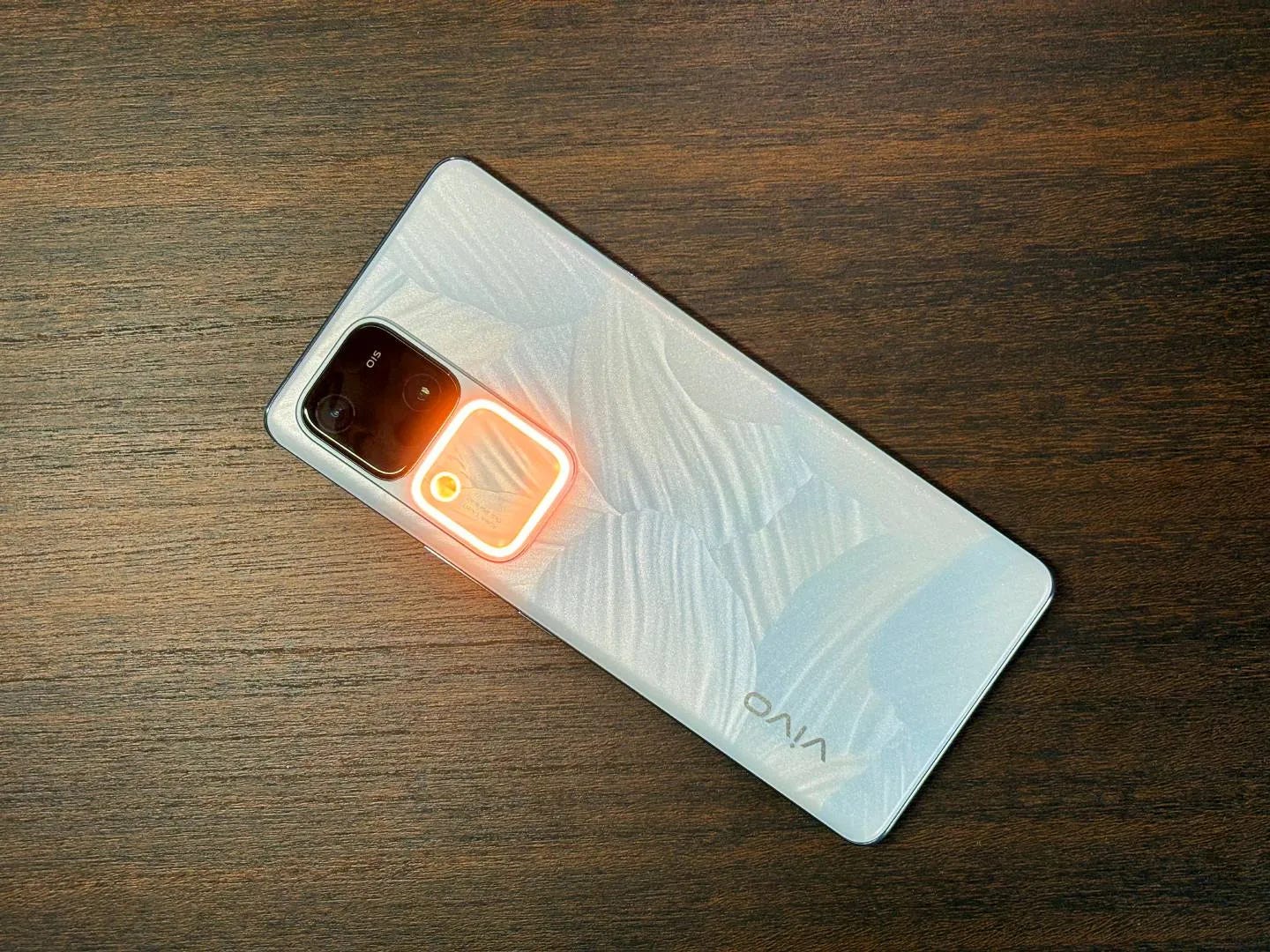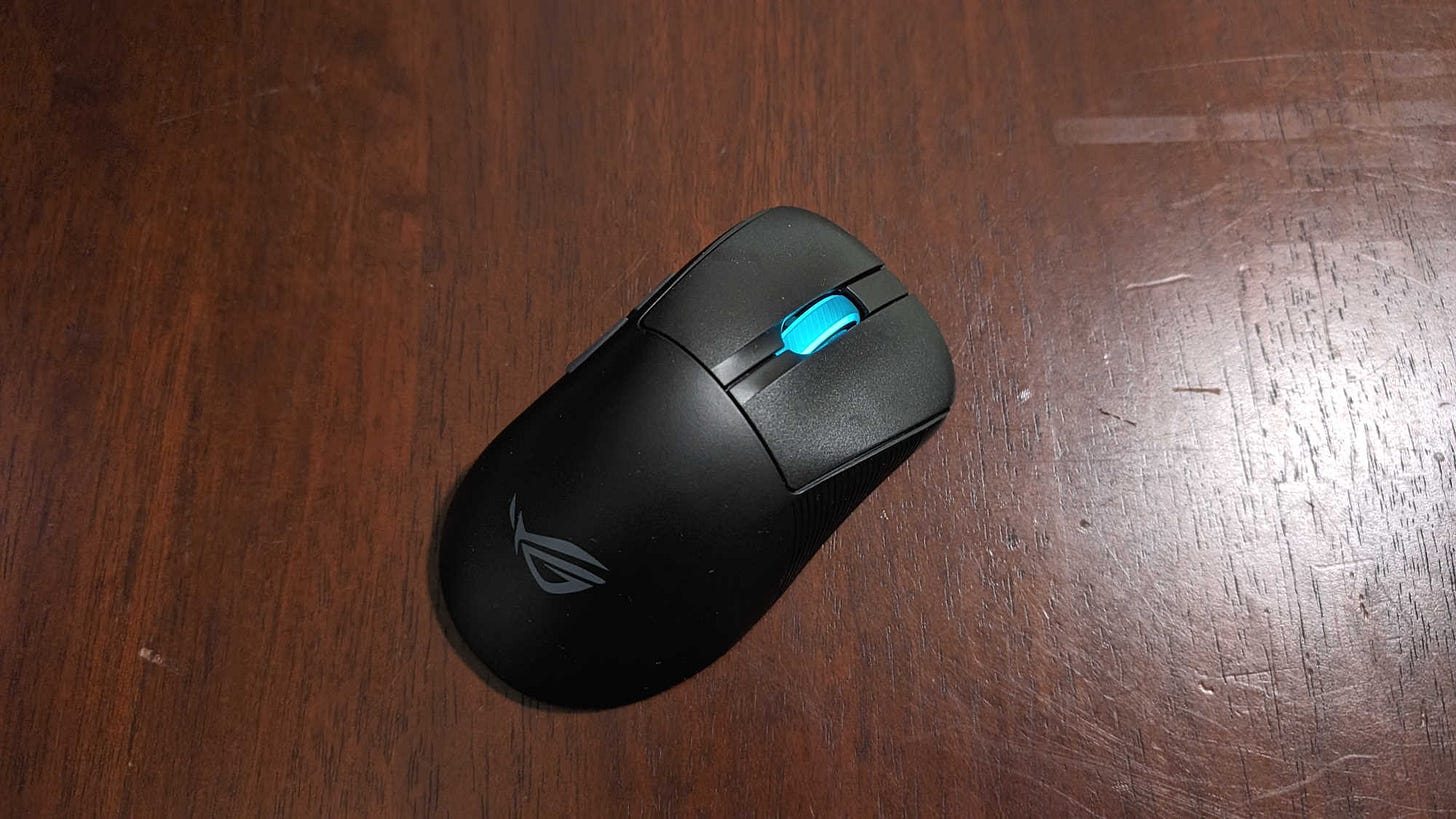Sonos' big gamble
New Sonos Ace headphones to compete with Apple, Bose and Sony
Sonos announced its first-ever headphones — the Sonos Ace — yesterday. It comes with everything you’d expect from premium Bluetooth headphones from the foam-cushioned headband to top-notch active noise cancellation. But the one feature that stands out from competitors is a TV audio swap feature. Basically, one can — at the press of a button on the Ace — swap the audio from a compatible Sonos soundbar to the headphones for private listening.
But some limitations at launch may dampen its adoption. For starters, the TV audio swap currently works only with the Sonos Arc (support for Beam 2, Beam and Ray soundbars at a later date), and the audio goes only to a single pair of Sonos Ace headphones. This feature is also restricted — for now — to the iOS version of the Sonos app, so Android users are left with just an expensive pair of Bluetooth headphones, albeit one that can do lossless audio with a compatible device or through USB-C.
Another feature that’s mentioned, but not implemented yet is TrueCinema, which is said to be the equivalent of the Trueplay audio calibration feature for Sonos speakers. The firm says TrueCinema optimises sound for your space for a “hyper-realistic listening experience” when it’s available later this year.
In short, Sonos obviously has a lot to do in the coming months. The company still has to fix the myriad of issues affecting the redesigned Sonos app. But for some Sonos users, the biggest disappointment is that the Ace headphones, unlike Sonos speakers, doesn’t actually stream music over Wi-Fi. According to The Verge, only the TV audio swap uses Wi-Fi. This is unsurprising since Wi-Fi uses much more power than Bluetooth — there are practically no Wi-Fi headphones in the market.
What about those not in the Sonos ecosystem? When I asked if the Sonos Ace is intended as a gateway device for new users or for existing Sonos owners, the firm said that “headphones are the perfect entry point into our broader ecosystem of products”. It added that headphones are extremely popular, with the premium category (over US$300) worth around US$5 billion. However, the TV audio swap doesn’t sound that appealing for newcomers when it’s currently tied to the premium Sonos Arc.
Sonos will also need to fend off competition from the likes of Apple, Bose, and Sony. In fact, the Sonos Ace feels similar to Apple’s AirPods Max at first glance. You can also have a private listening experience seamlessly with Apple’s headphones and an Apple TV. On the plus side, Sonos’ TV audio swap works for any audio source that’s connected to the TV. You can be streaming Netflix, playing a console game, or watching free-to-air TV — they will all swap to the Sonos Ace, unlike with the Apple TV. The Apple AirPods Max (from S$765) is also more expensive than the Ace (S$699).
Aside from its features, Sonos is confident that the Ace has the audio chops to compete with premium headphones like the Sony WH-1000XM5, saying that the Ace “delivers a personal listening experience unlike any other”. While we have yet to hear them side-by-side, the WH-1000XM5 and the Ace both have similar battery life (30 hours with ANC), and even have identical fast-charge speed (3 min charge for 3 hours).
Sonos has not been shy about its ambitions to expand beyond wireless speakers. Besides going into headphones, the firm is rumoured to be working on a media streaming box. Such a device could potentially, like the Apple TV, replace the soundbar required for the Sonos Ace’s TV audio swap feature. We’ll see if those rumours pan out, but first, we’re hoping to test the Sonos Ace, so stay tuned for the review!
This week, we tested an ice maker from Kickstarter, a mid-range smartphone from Vivo, and yet another ultra-light gaming mouse, this time from Asus.
A fan of making whisky highballs at home? You’ll want the Naisu N1 Ice Maker, which can help you easily make clear ice balls. Simply pour water into the mould and freeze for about 16 to 24 hours. You can use normal tap water or filtered water, it doesn’t matter. It costs $53 for one and S$102 for a two-pack.
Slim and attractive, the Vivo V30 5G offers plenty of camera features for selfies and portraits. For example, the Aura Light (shown above) lets you illuminate a subject's face more evenly in low-light conditions. Similarly, the front camera also automatically uses the screen to light up the subject when taking selfies in low light. Overall, it’s a good mid-range phone that’s perfect for those who take lots of portraits that need to be touched up for social media.
The Asus ROG Keris II Ace is an ultra-light gaming mouse that has all its key features (polling rate, DPI and lift-off distance) available via its onboard buttons. So there’s no need to install the app from Asus, though you may still want to do that for firmware updates and more customisation. And of course, this mouse is comparable to its rivals with features like a 42,000-dpi optical sensor and a wireless polling rate of up to 4,000Hz.






